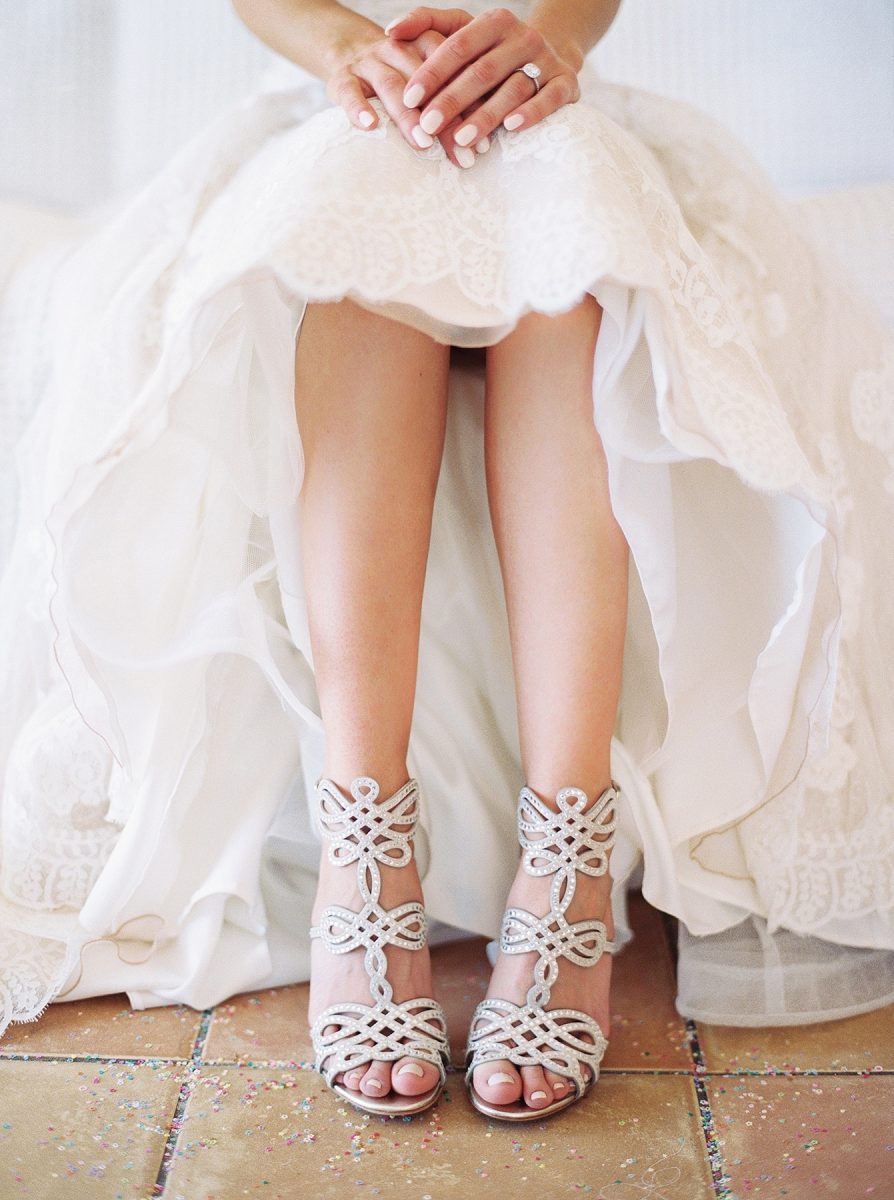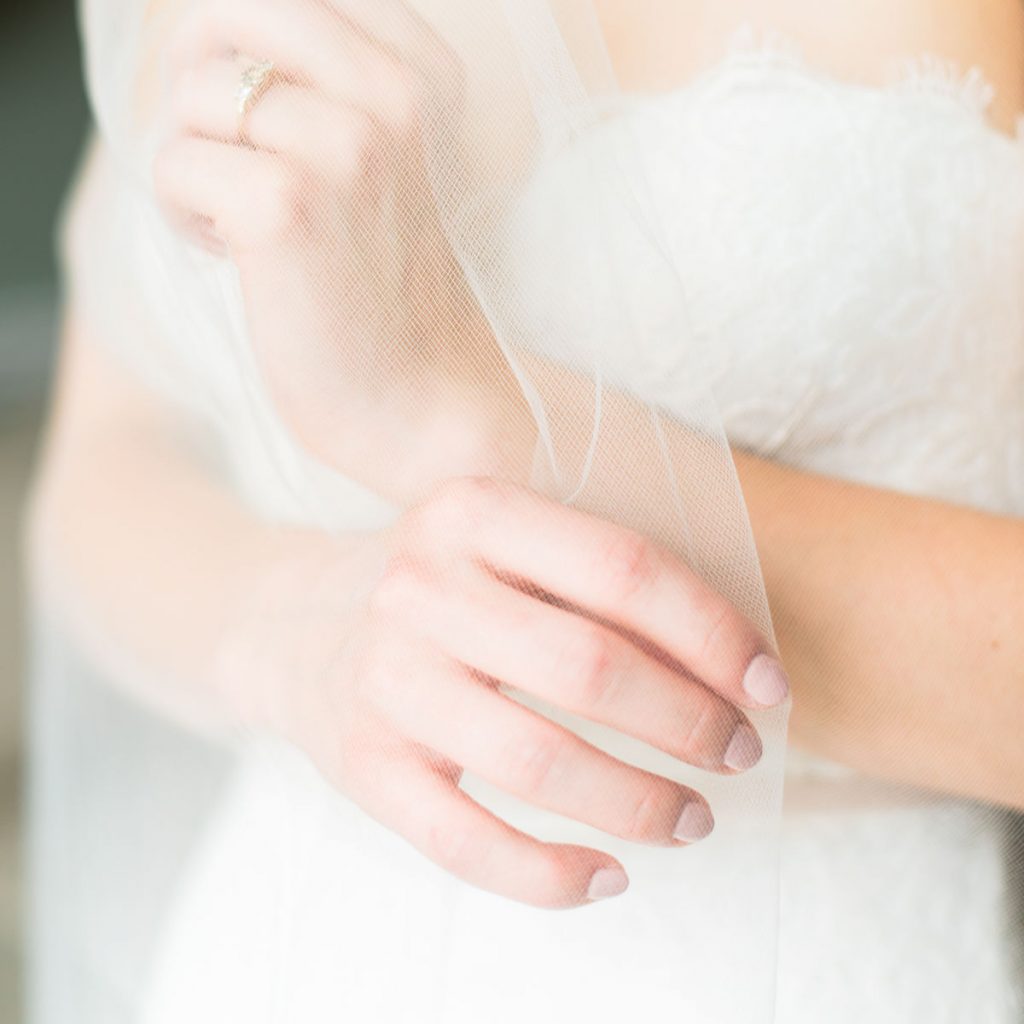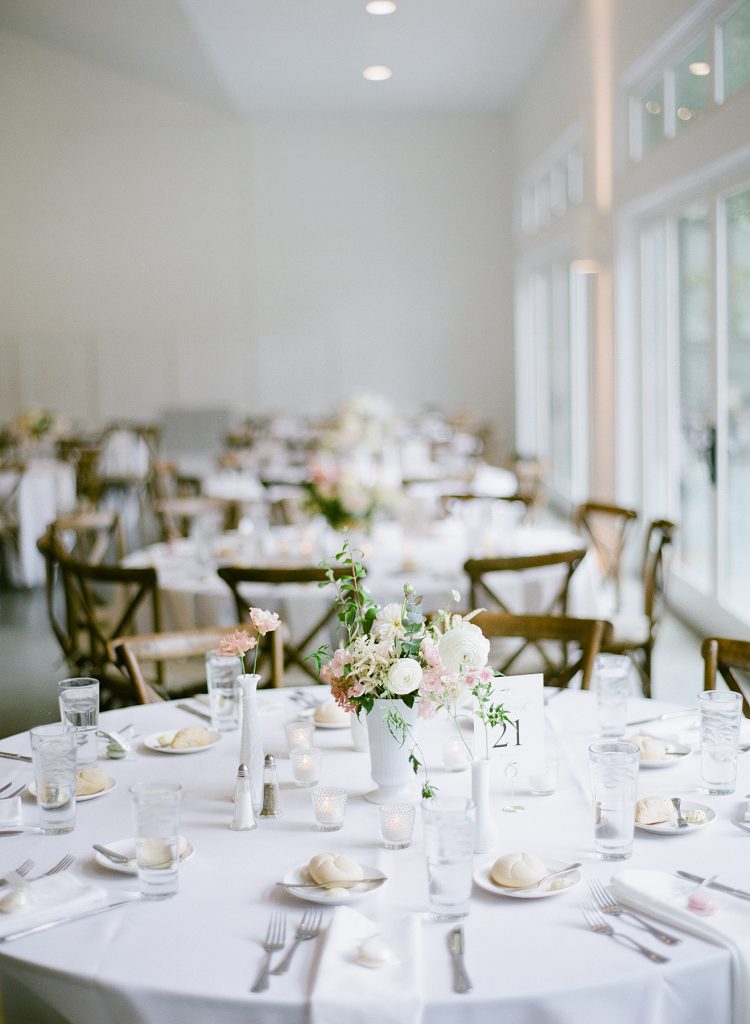
What Is Fine Art Wedding Photography?
Table of Contents
ToggleSharing is caring!
Reading Time: 10 minutesFine art wedding photography is
- A wedding photographed by an artist or from a ‘fine art perspective’
- A beautiful, usually expensive wedding, where details take priority
- Often staged, slow, intimate photography, vs reportage or documentary style photography. Let's look at where fine art wedding photography comes from, how it enables photographers to charge higher prices, and whether shooting weddings in the fine art style is right for you.
Where Does The Term Fine Art Photography Come From?
Fine Art Photography was a term borrowed from the true ‘fine art' world, where fine art portraits, paintings, and other artworks are created with a great deal of time, care and attention.
Well, fine art photography has borrowed those traits to come to mean, by association, that this particular style has that same detail, care, and attention. And, as fine art is exclusive and luxurious, (usually with the price point to match) fine art photography has that same luxury association.

Fine art photography can be broken down into two main areas:
True ‘fine art' photography, which is more of the kind you'd see in a gallery of the home of an art collector. Usually, these images contain messages, meaning, and great skill and artistry, or is from a photographer at the top of their game in their respective genre. Such ‘fine art' photographers might be Mario Testino, Tim Walker, Cindy Sherman, Nan Goldin, Sarah Moon, Rink Kawauchi, and Araki, to name some of my personal and relatively modern, favorites.
Somewhat naturally, with the big budgets often allocated to weddings, the term crossed over to photography in this area too, and from there into other styles of photography. Now you get ‘fine art maternity sessions' as well as newborns, etc – the term has become more widely used.
Some photographers even publicly acknowledge their art education and appreciation of more traditional fine art as a contributory factor to their signature ‘fine art' photography style.
What Is A Fine Art Wedding?
The term ‘fine art wedding’ often appears to be shrouded in mystery, because most people seem to have no idea what it really is!
When researching this guide most people assumed it had something to do with art, though they couldn’t really place a link between art and weddings, other than the photographer. Basically, no one really knew what I was talking about. A fair few people asked me if it meant that the wedding itself was inspired by art, which was not a bad guess, but made me laugh a little, envisioning Picasso inspired name cards and big oil paintings everywhere.
The term itself is so hazy I can just see brides peering at websites scratching their heads in bewilderment ‘is my wedding fine art?’
The term fine art wedding photography is, in essence, a wedding that has been photographed from the perspective of an artist. Someone who has their own unique vision and style.
A few years back, so many photographers were looking to fine art wedding photographers such as Jose Villa and wanting to shoot like him, that a lot of ‘fine art’ wedding photography started to look very samey. Pastel colors, couples shot in yellowed fields, close to, in, or under, a gigantic old tree. As a photographer, your challenge is to stay unique and cultivate your own fine art style!
But aspiring to the world’s greats and their control over their chosen medium of film is no bad place to begin if you're just starting out as a fine art wedding photographer, and there are some beautiful books over on Amazon to help you get started.
Definitely check out Jose Villa's book, and Elizabeth Messina's – both really a treat to read.
What Defines A Fine Art Wedding?
The ‘fine art look' has now expanded, and now includes a broader range of looks and styles, beyond the typically ‘golden hour, a couple under a tree shot in California' type look. But there are still some essential elements that have remained the same and which typify the ‘fine art' look.
- Most fine art weddings are beautiful, artistic affairs, created with a lot of thought, care, and attention.
- They are generally (although not always) created with a healthy wedding budget
- They feature beautiful, thoughtful, relatively unique details as a focus point.
- The details generally are the focal point of the photographer’s selection chosen for publication and PR purposes.
Generally, the wedding and the photography have an unhurried, calm feel. Often there is a pull away from showing the traditional family ‘line ups' and instead there is a focus on the bride and couple portraiture, that as a photographer you can tell will have taken time to create.
No rushed, documentary-style photography here ‘snapping' as they go – this is about the photographer taking control as an artist, and creating moments purposefully for the camera.
Who Can Become A Fine Art Wedding Photographer?
Anyone can become a fine art wedding or fine art portrait photographer.
When you choose to capture an image, when you choose to press that shutter release button, you are choosing to record that image in a way that you see suitable, from your own perspective.
You are shooting from a viewpoint that is entirely your own, the same way a fine art painter chooses the angle from which to paint their subject.
As you are a photographer, you are an artist, and therefore already a fine art photographer.
However, if you love fast, street-style photography and hate the thought of intimate, cozy shots, where you work intimately with a bride or even just her dress to capture tiny details –
If you're more of an ‘in the moment' type person who moves fast, rather than someone who likes to slow down, pause, and deliberately create and style images, but would rather capture everything as it goes –
You might actually prefer to not create in the typical fine art wedding style, and instead concentrate on your own style, and what works best for you.
Why Every Photographer Should Consider Fine Art Weddings!
One of the advantages specific to fine art wedding photography is that you can charge more! Listen, you can charge whatever you want for any style of photography (no, you are definitely not limited by what other people charge in your area/niche/or what anybody else thinks)!
But fine art photography is seen as a specialist, an art in its own right. It takes time to learn, and time to create those images.
It helps if you have had particular training, and you'll have probably invested in specific equipment (many fine art wedding photographers shoot film, or hybrid, both digital and film to get that fine art ‘look', not to mention presets, development labs if you shoot film).
You will also need good leadership skills to be able to really take charge on the day – but in a gentle, non-obtrusive way, as well as the personality skills required to be able to get couples to truly relax enough to produce those soft images!
So, fine art photography isn't quick, or easy photography, and as a result, a photographer can charge accordingly.
Another advantage of fine art wedding photography is that clients often have smaller weddings, which some photographers prefer to shoot (see this post here). The fine art wedding frequently takes place in truly beautiful locations, often overseas (destination weddings).
Fine art clients also often have an appreciation and understanding of a photographer's work and expertise. This means they may be less likely to try to price shop you, request discounts, or treat you like a replaceable employee.
Disadvantages Of Fine Art Wedding Photography
Fine art wedding photography came under a lot of fire in recent years. It was criticized for being over-styled, unrealistic, and promoting style over substance.
There are only so many soft, flowing dress, golden hour, styled shoots it seems the wedding industry could stand. So now more and more we are seeing less obviously styled shoots. They have been replaced with styled shoots which focus on landscape and simple, organic details.
Fine art photography can often be slow, deliberately, and precisely crafted. It does frequently focus on style over substance – although wedding clients probably don't see it that way.
In fact, the best way to decide whether to brand yourself as a fine art photographer or not might be to ask that very question – what do my clients want? or rather, what kind of client would you be most happy working with?
Do you want big-budget, overly styled, detailed weddings? Simple, minimal, destination ceremonies? or are you more of a quick, fast, on-the-moment style photographer?
Knowing the answers to these kinds of questions is what will help you decide whether you should build your business around the ‘fine art wedding photographer' brand.
How Can I Build My Wedding Photography Brand?
As mentioned before, fine art wedding photography did go through a phase where it started to look very same-y.
It's easy to understand why – sometimes we get so caught up in what our clients want us to be and the images that they want, we forget that we have any kind of artistic input at all.
We direct the same shots, pose clients in the same way because we know it works. People come to you for that particular style, they want certain shots, they might even ask for them. We start to feel this is our particular ‘brand'.
In an effort to please our clients, it's easy to end up just going through the motions as a photographer. After a while this means you start to lose your creativity and passion, even though you might still enjoy seeing the resulting images.
To become a fine art photographer who stays in love with their work, prioritize creativity.
How To Create A Unique Wedding Photography Style
The eventual goal is to become a fine art wedding photographer who secures recommendations and clients easily. Because your style sells itself.
The way you become known, and get to that point, is by being yourself. Really. By creating your own unique style and voice. That is what separates a good fine art photographer from a great one.
It is trusting your inner voice and using your creativity to take that shot.
Crop the head off to shoot the bouquet beautifully if that shot works and it is original. Focus on just the ribbons trailing around the bride’s back and leave nothing else to be said but the dainty, delicate softness of a bride in waiting, if that is what you notice and find of interest/beauty.
Whatever you see that catches your eye, shoot it!
It doesn’t matter if you think the client will like it or not because chances are if it is a memory and a part of their wedding day, they will do it. Some of my client's favorite shots have been ones where I’ve worried ‘oh gosh, they really aren’t going to get this’.
(You can always get the commercial shot too. Eg you got the soft-focus bouquet with the head cropped out, but you also get a portrait shot of the bride with her bouquet, nicely focussed. Otherwise known as the parent shot – it keeps the parents happy).
It's easy to talk yourself out of a shot, because when you have come to rely on a particular style as your ‘bread and butter', it becomes harder to take the risks that got you there in the first place.
Get Confident in Building Your Unique Photography Style
The more you grow in confidence about creating work that is original and creative and doesn’t involve an entire host of parent shots any more than necessary (and let’s face it, some are necessary; I haven't yet come across a bride who didn't want) the more you can become known for your style.
This is what developing your unique style is all about.
Clients don’t go to Isabelle purely because she knows how to use her camera and control light. They go to her because each and every one of her images drip with romance, and many of them allude to very old, fine art paintings.
All photographers can get to grips with their cameras and technical equipment relatively quickly, film or otherwise.
It’s a blend of your unique style, confidence in your ability, and clever marketing that will set you apart from the crowd; and ensure you attract clients.
To gain confidence in building your unique wedding photography brand and style you're going to need to prioritize creative projects, take risks and attempt new things. Most of all you're going to need to prioritize challenging yourself.
This will all help to ensure your work stays fresh, and you keep growing in confidence as you learn more.
What To Avoid As A Fine Art Wedding Photographer
Fine art wedding photography looks beautiful, is beautiful to create, and you can charge more for it too. Naturally, many photographers want to work within the fine art wedding photography trend.
That’s normal, that’s natural, that’s what trends are and do they start small with a few early adopters, grow big, and make everyone want to buy into them.
But what you must avoid is becoming the fine art film photographer cliche.
You know what I mean. The pretty watercolor logos, with handwritten/modern calligraphy fonts. The slideshow image homepage, oh so clean and classic and exactly the same as every other fine art photographer. The subject posing under a very large tree in a cornfield. The exact same composition.
Pastel colors, not because you absolutely adore pastel colors and romance but because, well, isn’t that ‘the look?’
The reason you need to avoid it? Trends come and go! You remember the black and white color pop. Yes, you do. I know you do! What about the time everyone wanted to shoot reportage? What about the time everyone wanted a Canon 5D? And you know, already the tide is turning on that pastel look and more and photographers are quite literally, moving to the dark side.
Because trends eventually become overdone, and boring. The thing with trends is that they come and go! They become overtaken by new trends. The specific ‘fine art film look’ (whether shot on digital or film) will come and go too.
Here's what you need to do to avoid becoming a trend-following casualty – create your own fine art style!
Whether it is your coloring, (look at Jen Huang’s bright color pops vs Caroline Tran’s pale bleach washes) your composition, the fact that you shoot only black and white, your location, your subject choice, the mood/ atmosphere of your subjects, your camera choice, whatever it is,
do not aim to follow the crowd and become your average (albeit beautiful) ‘fine art wedding photographer’.
So, Is Shooting In The Fine Art Style Right For You?
Shoot in the fine art style for the love of it, for the sheer beauty of it, for its history and authenticity, for the fact that it can increase your profits and save you time.
Shoot as a fine art photographer because it makes you a better photographer because it makes you different because it holds that potential to give you a unique voice away from the repetitive of the same Lightroom/Photoshop actions, the same cameras, the same perspectives.
Perhaps you'll choose, as many fine art photographers, to shoot film and learn to truly slow down and dig deep into your craft, to be a living part of photography's history and heritage.
Photograph in the fine art style because as your own style deepens, over time, clients will come to seek you out for your unique style and perspective.
Shoot in the fine art style because it makes you different. Not because it’s a trend.

Useful Resources
- Wedding Sparrow is a beautiful fine-art wedding photography blog full of beautiful and inspiring photography.
- Magnolia Rouge is a beautiful online magazine. They used to do a print version, try to find some back issues for the ultimate inspiration!
- Belle Lumiere is another resource we love. The design of this online blog is super stylish, and there's a great online membership for you to join here too.
- Gillian Sarah Design is a great option for a custom fine art photography website design!
Most Popular Posts:
Sharing is caring!
[…] to get found for the terms ‘fine art wedding photographer'! Which is great news if you are a fine art wedding photographer, and so the first thing I would be doing is writing a post, or ideally several, around that topic […]
[…] that we have established exactly what a fine art photographer is, (read the post here) and why fine art photographers attract high-paying clients – you're going to want to know […]